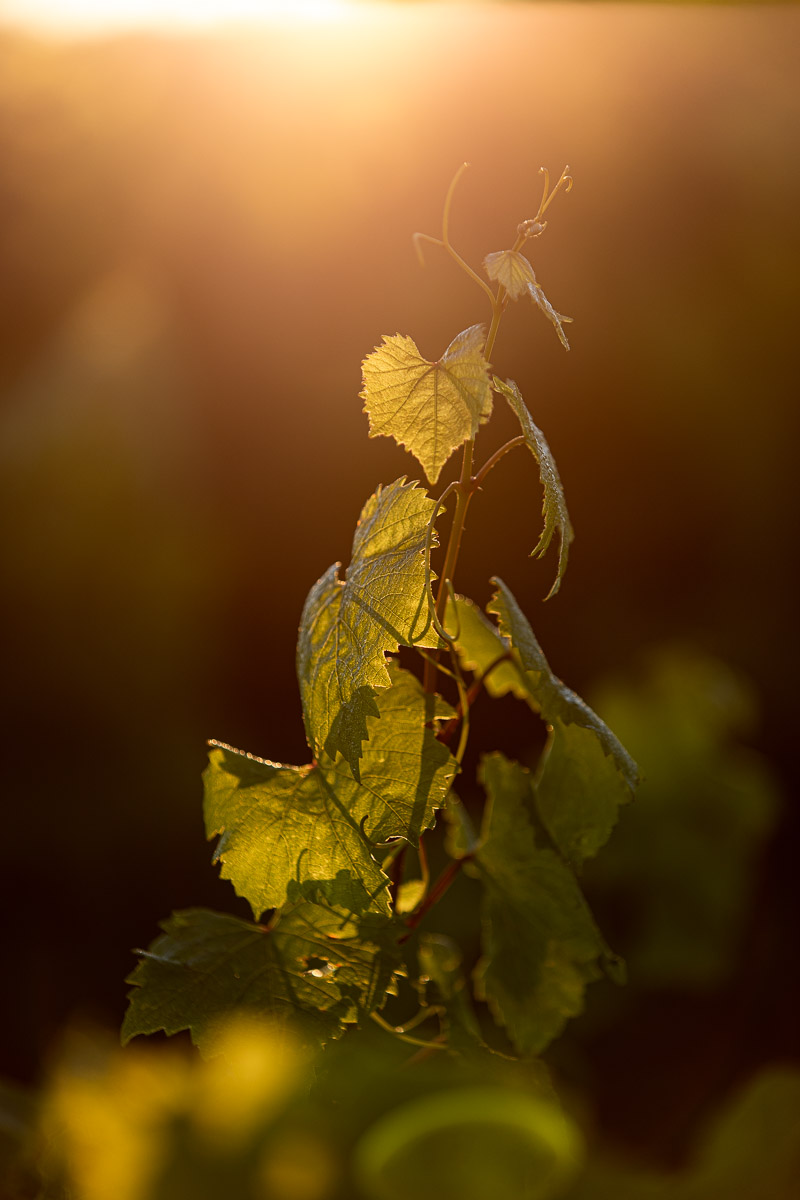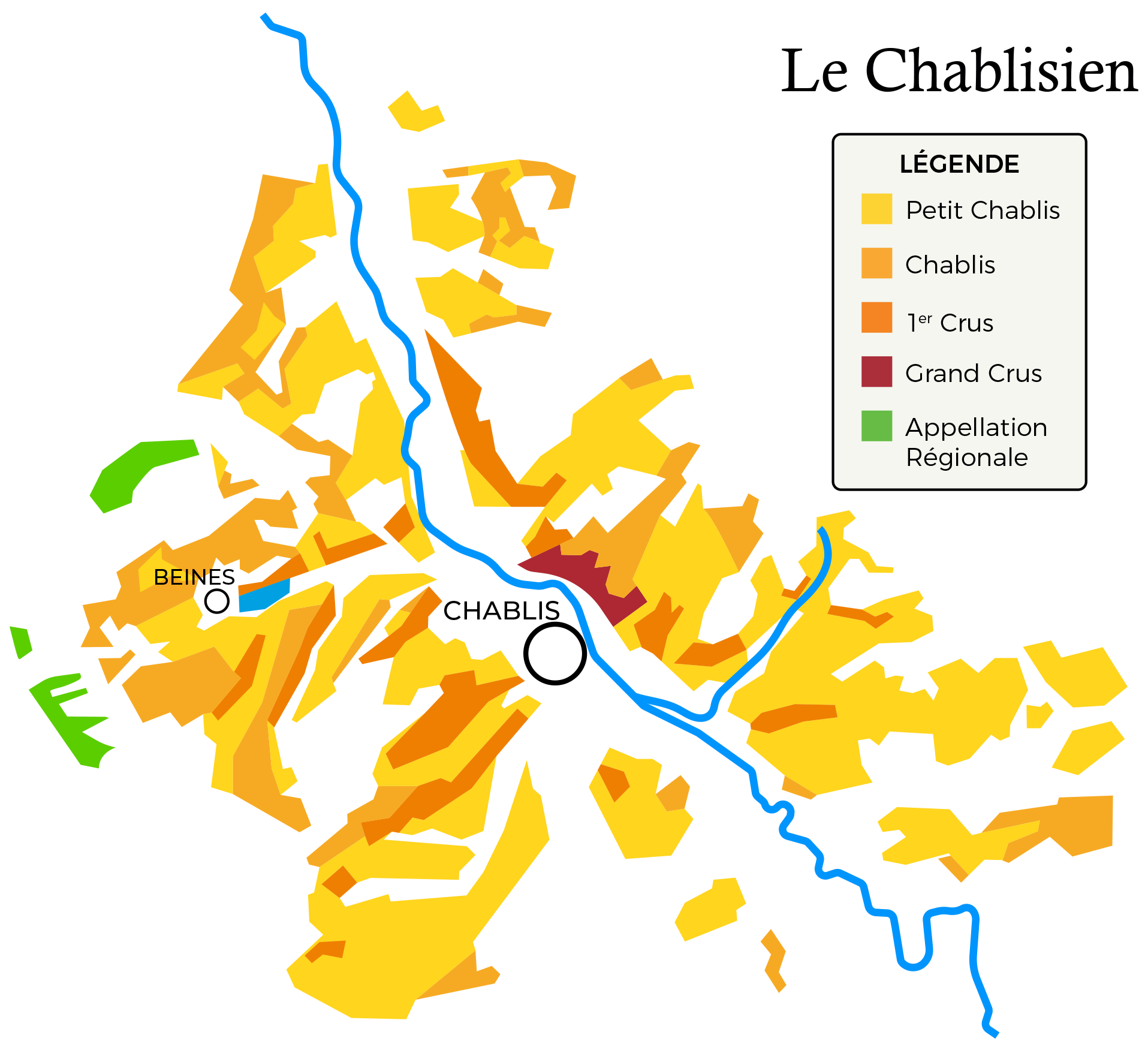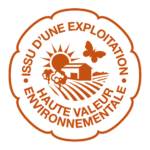O u r V i n e y a r d s

O u r V i n e y a r d s
Our Vineyards
All our vineyards are located on the left bank of the Serein, in the heart of the Chablis vineyards, and produce the appellations Petit Chablis, Chablis & Chablis 1 er Cru.
Our plots are located on the various hillsides of the commune of Beine, where the symbiosis of the terroirs and the Chardonnay grape variety is perfectly expressed.

1er Cru Fourchaume
1er Cru Beauroy

Boutique >
1er Cru Beauroy

Boutique >
1er Cru Beauroy

Boutique >
Grand Cru
1er Cru Montée de Tonnerre
Lac de Beine

Caveau

35 Grande Rue
89800 Beine
Ouvert tous les jours
de 10 h 00 à 18 h 00
sauf Mercredi & Dimanche sur rendez-vous.
1er Cru Vau de Vey
1er Cru Vauligneau
Boutique >
1er Cru Les Fourneaux
1er Cru Mont de Milieu
1er Cru Les Fourneaux
1er Cru Côte de Léchet
1er Cru Vaillons
1er Cru Vaucoupin
1er Cru Montmains
1er Cru Vosgros
1er Cru Côte de Jouan
1er Cru Beauregard


A n I n t e g r a t e d C u l t u r e
An Integrated Culture
High Environmental Value Label
HVE Level 3 certification
Committed for several years to a sustainable viticulture approach, the vineyard has obtained the High Environmental Value level 3 label. This additional certification underlines the quality of the work carried out by the teams to support the proper ripening of the grapes while protecting the biodiversity of the vineyard.

S u m m a r y o f t h e v i n e c y c l e
Throughout the year, our team works tirelessly in the heart of the vineyards, behind each of your tastings lies a year’s work!
The cycle of work in the vineyard begins some time after the harvest (in September).
The vines rest for a few weeks, and as soon as the cold weather returns, the pruning season begins for about 5 months. It is necessary to wait for the return of the cold weather so that the sap descends into the roots and the pruning does not traumatise the vine. This work is long but very important because the vine is a liana which, if it is not pruned, grows endlessly. Pruning will help the vine to grow again in the spring.
From March onwards, it is time to prepare for the development of the vine, and to carry out any necessary repairs (changing some stakes or broken wires). It is also the right time to plant new vines to replace dead vines.
In early spring comes the “baissage”. The aim is to channel the growth of the plant and encourage the development of the bunches, by bending the fruit-bearing branch and attaching it to the lower wire.
In June, the trellising begins. With spring and the return of fine weather, the vine comes to life again, the buds open and the leaves appear. The shoots grow and this vegetation must be trained between two wires that are attached after the stakes.
This is also the time to plough the soil in order to aerate it but also to limit the growth of weeds.
The tying up begins in July: this consists of bringing in the smallest fruit-bearing branches between the wires.
In August, the work on the soil stops but the monitoring of the vineyard remains essential because it is not impossible to face certain developments of disease.
From the end of August or the beginning of September, depending on the year, the degree of ripeness of the grapes is monitored in order to set the date for the start of the harvest. The harvest generally takes place in mid-September.
